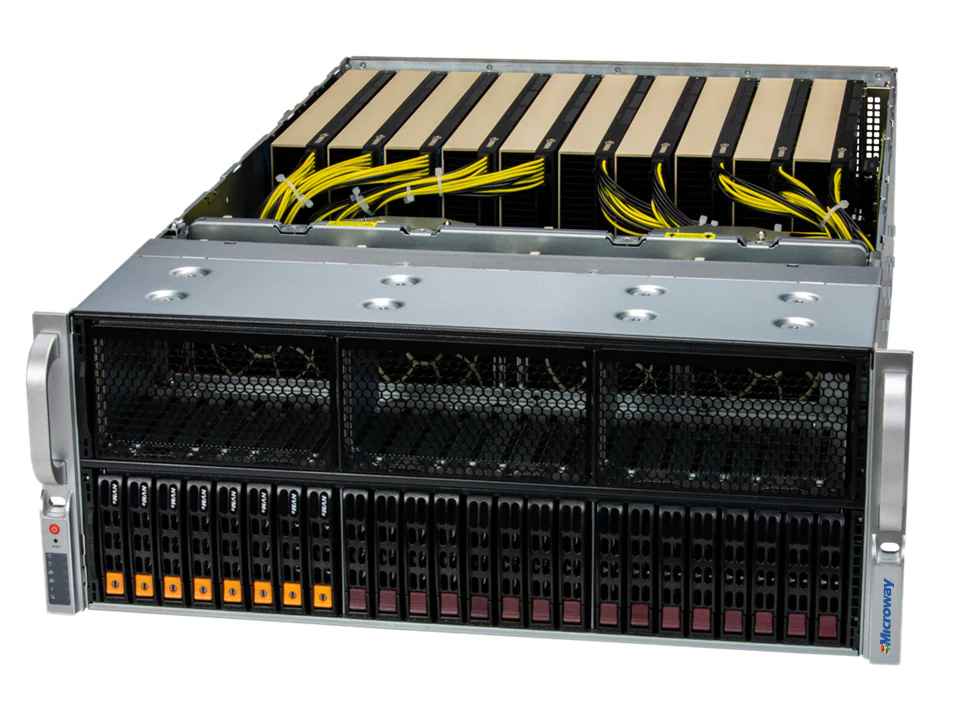For those traders who lack investment and want a cost-effective solution then prop firms are the best option for them. These firms provide traders with the amount of capital to start their trading career. But the challenging thing here is the 2-step evaluation process. It seems very simple as you have to pass two phases, prove your skills, and get funded. But here’s the real question: are these evaluations actually worth the price tag? Let’s discuss step by step and figure out if shelling out for a 2-step challenge is a smart move or just another way for prop firms to make a quick buck.
What Exactly Is a 2-Step Evaluation?
Let’s quickly review the two-step evaluation process in case you’re unfamiliar with it. The majority of prop firms use this model to test a trader’s consistency and risk management before releasing their capital. The first step typically has a more aggressive profit target, such as 8% to 10% within 30 days, and the second step is typically more forgiving, often requiring only a 5% profit with no time pressure. If you pass both then you’re officially a funded trader. Easy, right? Well, not so quick.
The Cost Breakdown: What Are You Really Paying For?
Depending on the desired account size, the majority of prop companies charge between $100 and more than $1,000 for a two-step challenge. Generally speaking, a $100K challenge costs about $500 while a $200K challenge might cost more like $1,000.
This may sound logical at first since, if you pass, you will have access to a six-figure trading account. Let’s examine what you’re truly paying for in more detail, though:
- The Entry Fee: This is non-refundable unless the firm offers a free retry or refund upon passing.
- The Probability of Passing: Less than 10% of traders make it through both phases. That means most traders are just donating their fees to the firm.
- Rules & Restrictions: Things like max daily drawdown, leverage limits, and lot size restrictions make passing trickier than you’d think.
- Psychological Pressure: Knowing you only have 30 days or whatever the time limit is to hit a profit target can lead to overtrading, revenge trading, or just plain bad decision-making.
Let’s now compare it with a company that receives direct financing or a one-step evaluation prop firm. Do those provide more value for your money?
Comparing Alternatives: 2-Step vs. Other Models
By providing one-step assessments or even immediate finance, certain firms are upending the current status system. Let’s examine their relative merits:
One-Step Evaluations
The first stage of a two-step model usually has the same profit objective as a one-step challenge but once you reach it, you’re in. No more waiting and no second step.
Pros:
- Faster route to funding
- Less psychological pressure
- Usually cheaper than a 2-step evaluation
Cons:
- Higher failure rate due to no second-chance phase
- Stricter rules in some cases
Instant Funding
Some firms let you skip evaluations altogether and trade real capital immediately. The catch? You usually get a smaller share of the profits and have to pay a larger upfront fee.
Pros:
- No challenge and no waiting just start trading
- Lower risk of losing money on failed challenges
- Easier access for experienced traders
Cons:
- Higher fees upfront
- Smaller payout percentages usually 50%-70% instead of 80%-90%
- Stricter risk management rules
The Real Cost: Factoring in Retakes & Resets
When purchasing a two-step challenge, most traders overlook the possibility that they may fail and need to buy it again.
Let’s say you fail at a $100K challenge after spending $500. What are you doing? Like most traders, you give it another go. All of a sudden, you’ve spent $1,000 on assessments alone. And if you don’t succeed again? You see what I mean.
Many traders wind up spending a lot more money on challenges than they would have if they had just chosen a different approach, such as using an immediate financing model or a one-step review.
Are 2-Step Evaluations Just a Money Grab?
Despite appearances, prop firms are actually businesses with the objective of continuing to turn a profit. They profit from traders’ failures, but they also depend on profitable traders to maintain their good name. Finding a company that provides fair guidelines and a genuine chance to pass is the challenge.
Some companies even provide free retries or reimbursements if you fulfill specific requirements (such as maintaining profitability but falling short of the entire goal). There are other systems that allow you to grow without constantly purchasing new challenges.
The secret? Examine the fine print. While some companies make their two-step tasks quite challenging, others are more forgiving.




